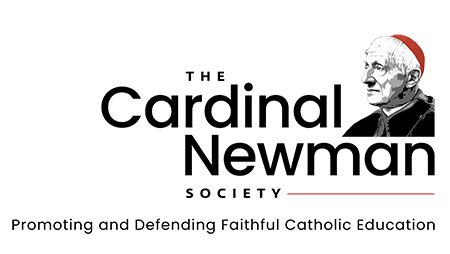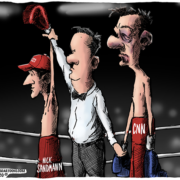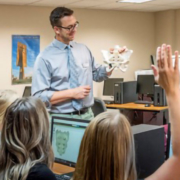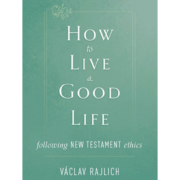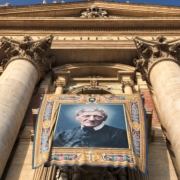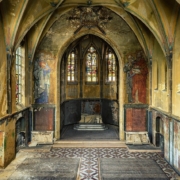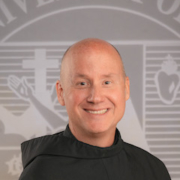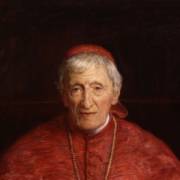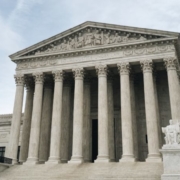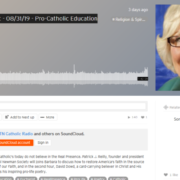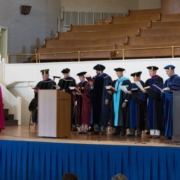Justice for Nick Sandmann — and All of Us
Last year during a Catholic school trip to the March for Life in Washington, D.C., Nick Sandmann and his peers were bullied by shameless activists and then belittled by shameless activist journalists. Now justice has begun.
CNN has agreed to some type of settlement with Sandmann for its reckless and false reporting, after the boy and his family filed an $800 million lawsuit against the television news company, The Washington Post and NBC Universal. Reality is about to hit the latter two companies also, and rightly so.
I am delighted to see this boy and his family defeat Goliath — and it’s a win for all of us, especially those who brave the weather each year to attend the March for Life as well as the West Coast Walk for Life, only to be heckled by those who defend the most abhorrent practices and (worse) largely ignored by the media.
The persecution of Sandmann and the Covington Catholic School students could easily happen to any of us — and not just in Washington, D.C., but at any restaurant or supermarket across the U.S. Although American libel laws are woefully inadequate to protecting anybody deemed a “public figure” by the courts, we can be grateful that the laws still protect the average citizen — people like Nick Sandmann, simply exercising his free speech in an extraordinarily restrained manner.
God bless you, Nick, for taking your fight to the courts! You fight for Americans everywhere.
The witness of young Catholics
The news of the CNN settlement arrives just two weeks before this year’s March for Life on Jan. 24 and the West Coast Walk for Life on Jan. 26, when thousands of Catholic school and college students will gather once again, countering a culture of death.
Is it any surprise that, when Americans gather to protest an atrocity as evil as abortion, evil retaliates with insults, attacks and unpredictable situations?
We expect it, but there was a time not so long ago when adults refrained from targeting young people, because of a general respect for their innocence and the space they need to grow and mature. Even if the Covington boys had acted improperly — and from what I have seen on the videos, not every boy had the composure that Sandmann displayed — it was simply wrong for national media to destroy boys’ reputations for reacting to angry and drum-banging political activists.
Sure, some of the Covington Catholic School boys were wearing “Make America Great Again” hats, and the most hardened “never Trumper” thinks that makes them fair game for protest. But these were young tourists, excited to support their president and the dignity of babies. School boys are not appropriate targets for nasty political protests.
Unlike the activists who confronted him, Sandman acted commendably by keeping his cool in a confusing and hostile situation. School and college students—and all others, young and old—who are traveling to this year’s March for Life would do well to follow Sandmann’s lead when faced with the inevitable hatred of pro-abortion protestors. From what I have seen in past years, the young people at the March for Life do an outstanding job of keeping it positive and celebrating life, even while protesting the horrors of abortion.
Indeed, pro-life students from across the U.S. cheerfully overcome all sorts of obstacles when attending the March for Life under wintry conditions. In 2016, there was a different flurry of media attention after the March for Life, when buses returning to Midwest schools, colleges and parishes were hit with a massive snowstorm. Some groups were stranded on the Pennsylvania Turnpike for more than 24 hours.
These included students, faculty and staff from the University of Mary in Bismarck, North Dakota, a faithful Newman Guide college. One student told The Cardinal Newman Society that being stuck in the snow had its perks, because it brought much-needed media attention to the March for Life. Media coverage revealed the joy and optimism of the group, and it “showed the dedication of the students for this issue,” the student explained.
The nation’s media should be ashamed that snowstorms and activist attacks on young people are the only way the March for Life gets substantial attention. Hopefully this year is different.
A chastised media?
This month, as every year, Catholic students will travel in buses from across the country to march against abortion. They will brave the cold weather and sleep on the floors of gyms and churches. They will do their part to make a stand for life!
Keep an eye out for Franciscan University of Steubenville, Ohio, which is sending eight buses with nearly 500 students. At least five buses and more than 250 students from Benedictine College of Kansas will travel more than 1,000 miles. Presidents from both colleges and leaders and students from several other faithful Catholic colleges will March for Life.
Christendom College in Virginia always closes campus for the day, so students, faculty and staff can attend the March. Other Catholic colleges that typically cancel classes during the March include The Catholic University of America, The Thomas More College of Liberal Arts and Magdalen College of the Liberal Arts.
The story of what will happen at this year’s March for Life is yet to be written, and a chastised media might think about highlighting the example of the extraordinary young people who come to the March each year. Catholic students are numerous at the March, and they witness to the dignity of human life all year long. May God bless them for their witness!
This article first appeared at The National Catholic Register.
